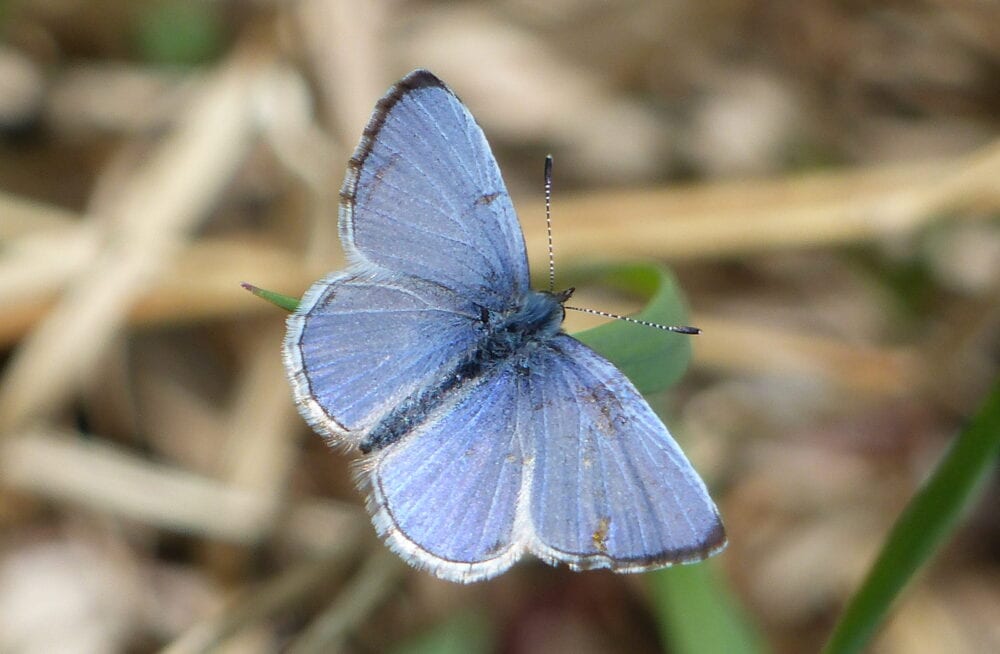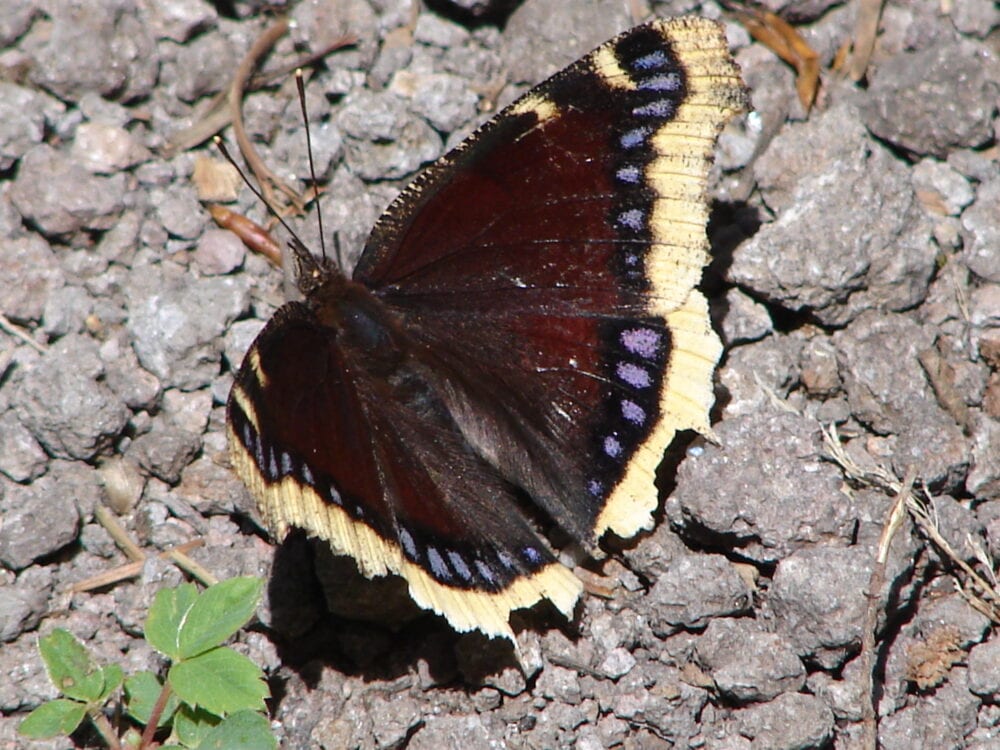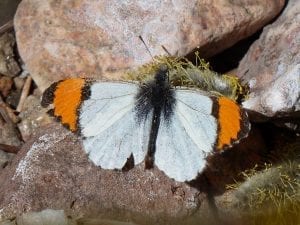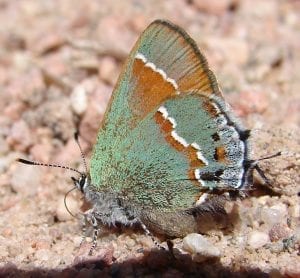
By Jenna Stanek and Steve Cary
Pollination is a vital stage in the life cycle of all flowering plants. It occurs when pollen is moved within flowers or transferred between flowers by wind, water, or animals. Successful pollination results in the production of healthy fruit and fertile seeds, allowing plants to reproduce.
Pollinators are animals that enable the plant to achieve pollination, helping them make fruit or seeds. Without these animals, many types of plants wouldn’t be able to reproduce. Pollinators are responsible for helping over 90% of the world’s flowering plants reproduce and are therefore critical to our food supply as well as to the health and resilience of ecosystems.
Over 200,000 species of animals act as pollinators, and of those, about 1,000 are hummingbirds, bats, and small mammals. The rest are insects, such as beetles, bees, ants, wasps, butterflies, and moths.
Spring is a time of transition. Plants are starting to emerge slowly and some are even getting ready to flower, but all and all there is not much variety for pollinators. Early spring pollinators are starting to fly, but there are not many different species out and about.

One early-flying moth is the six-spotted Litocala moth (Litocala sexsignata), which often visits willow catkins. Spring butterflies in our area during this time of year include Mourning Cloak and Satyr Comma, both of which overwinter as adults. They spend the winter frozen in cryopreservation in tree cavities, beneath loose tree bark, or in unheated buildings. As temperatures warm up they simply slip out of their hiding places and take to the air. These butterflies are not frequent flower visitors and are instead likely to be seen looking for a mate, in order to lay eggs and complete their life cycle.

Butterflies that you might see visiting early spring flowers include Checkered White, Southwestern Orangetip, and Spring White, that overwinter as pupa. The larvae of all three species eat mustard plants, including tansymustard, and also visit mustard flowers in the spring. Spring Azures are good flower visitors, too. All of the butterflies listed above should be in flight soon in the Los Alamos high country.

Once spring really comes into full swing, you should be able to find Juniper Hairstreak, Mylitta Crescent, Acmon Blue, and Variegated Fritillary. Remember to also keep an eye out for the beautiful Monarch Butterflies and don’t forget to report any sightings you see this year to Journey North or iNaturalist.
You’ll have to wait until it really warms up and many flower species are blooming to see bumble bee pollinators. Some of the species that can be seen in Northern New Mexico include Hunt’s bumble bee, Golden northern bumble bee, and Morrison bumble bee. Use this key to identify bumble bees that you might see in your backyard once summer approaches.
Some scientific research suggests that many pollinator species are in decline. Pollinator declines are attributed to loss of habitat, pesticide exposure, diseases, parasites, and effects of introduced species. With all of their beauty and also their importance for food production, the conservation of all pollinators is vital to maintain healthy and productive ecosystems.
Things YOU can do in your own yard to help some of our local native pollinators:
- Plant flowers with a variety that bloom from spring to fall. Include lots of native species!
- Include plants in your garden, such as milkweed for Monarch Butterflies and extra parsley or dill for Black Swallowtail Butterflies, to feed all stages of pollinators’ life cycles. In other words, don’t forget about the very hungry caterpillars!
- Provide a source of water, such as a shallow basin of water set on the ground with some stones in it.
- Leave some leaf litter and plants standing over the winter to provide overwintering habitat.
- Give bees places to nest such as tree snags and bare patches of sandy soil or dirt.
- Avoid pesticides.

Thank you Jenna and Steve for the awesome pictures and article.
Also we have in PEEC website to learn about Butterflies that Dorothy Hoard wanted and you can view it.
PEEC also organizes with Steve Cary leading Dorothy Hoard Butterfly count that Dorothy started in summer.